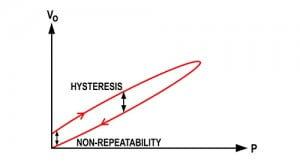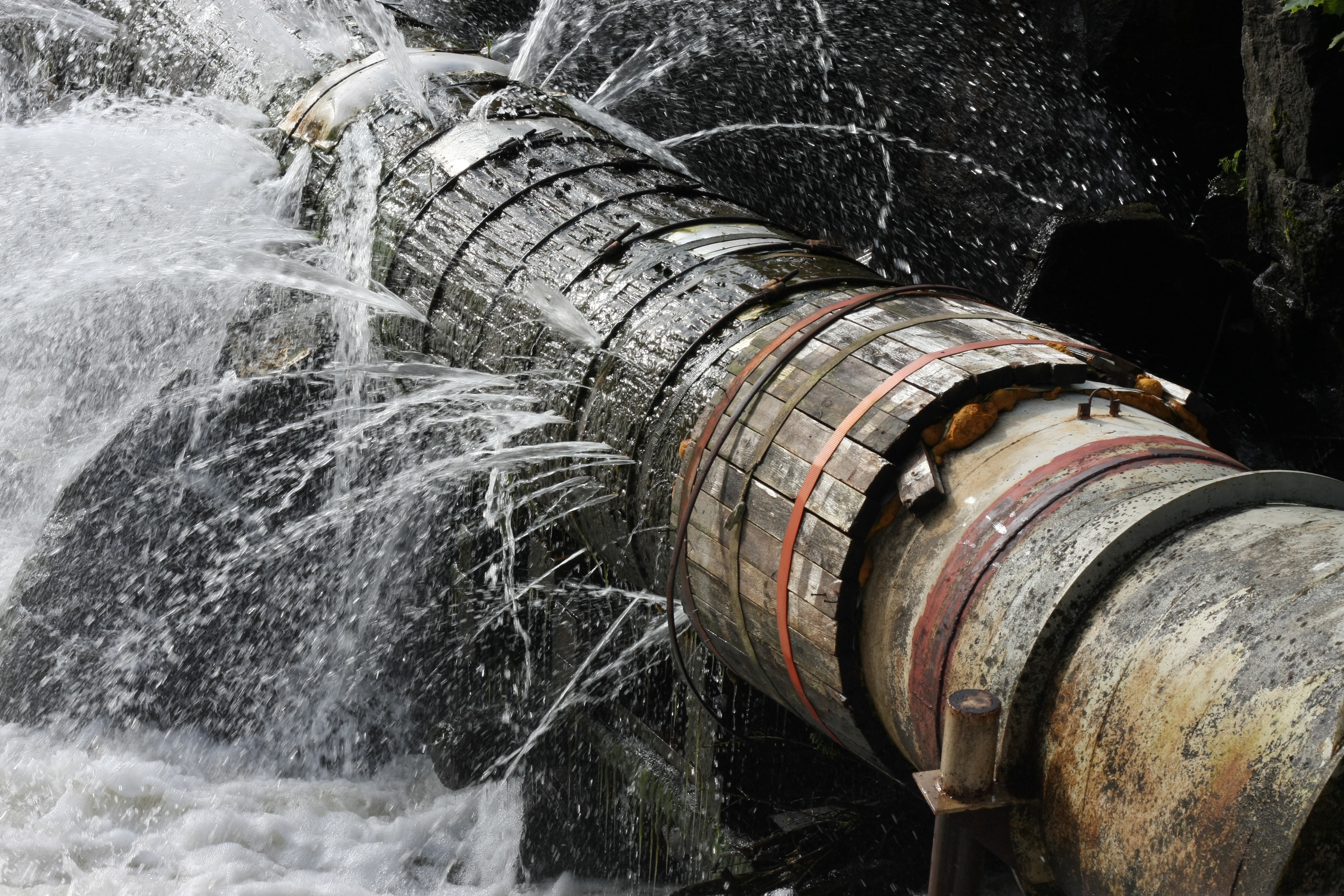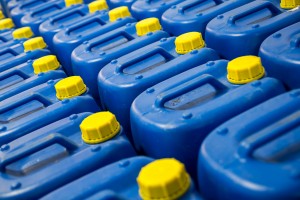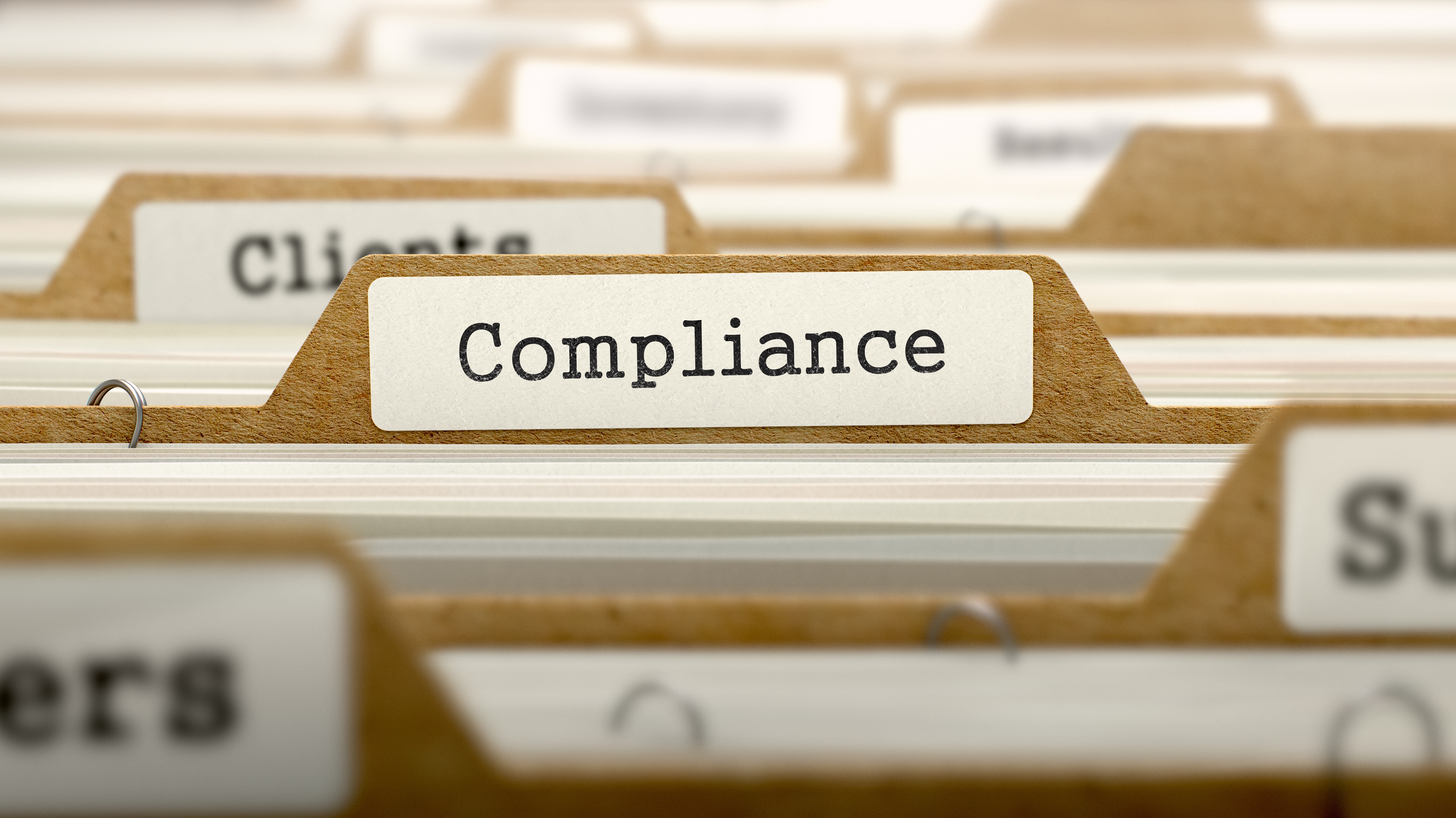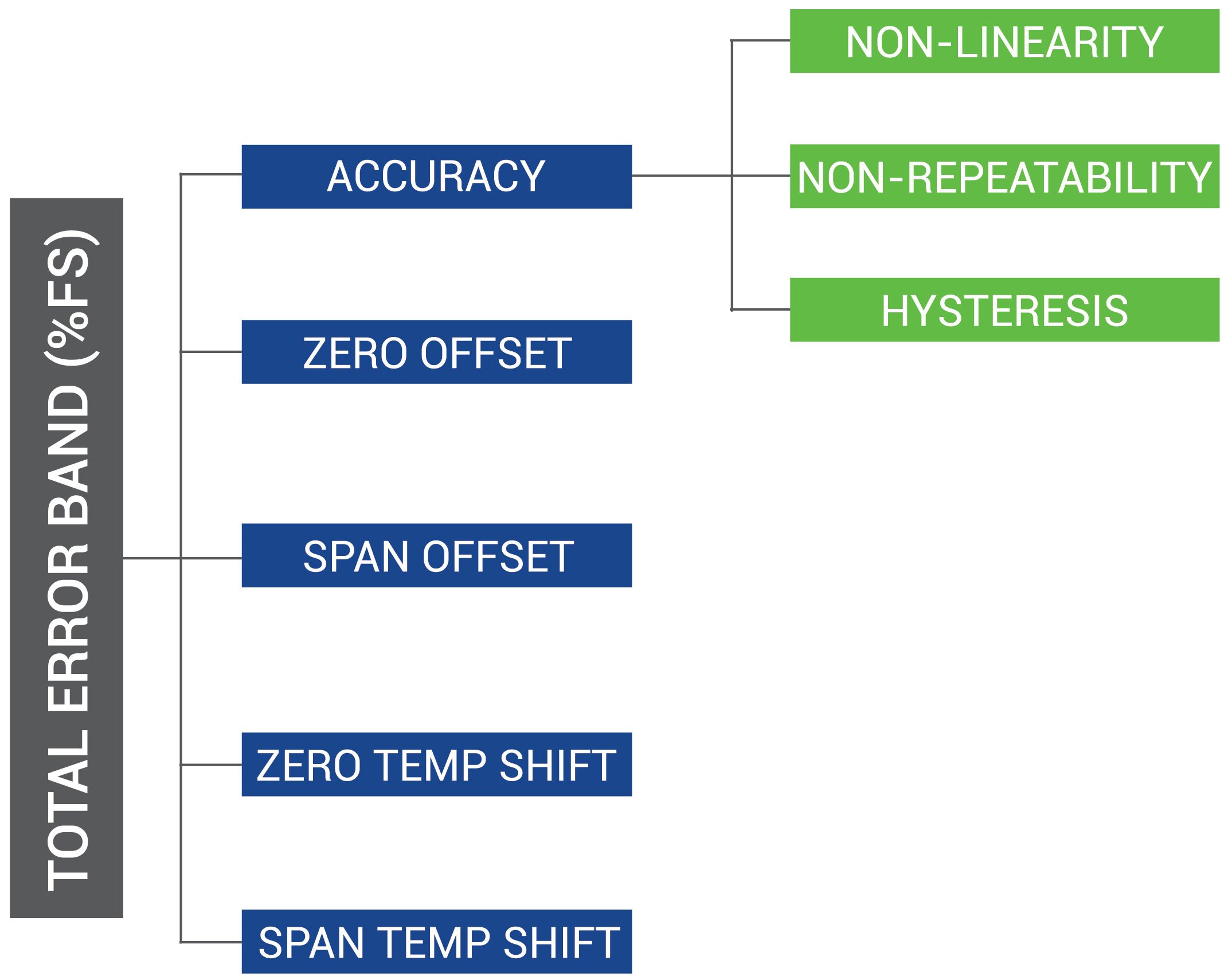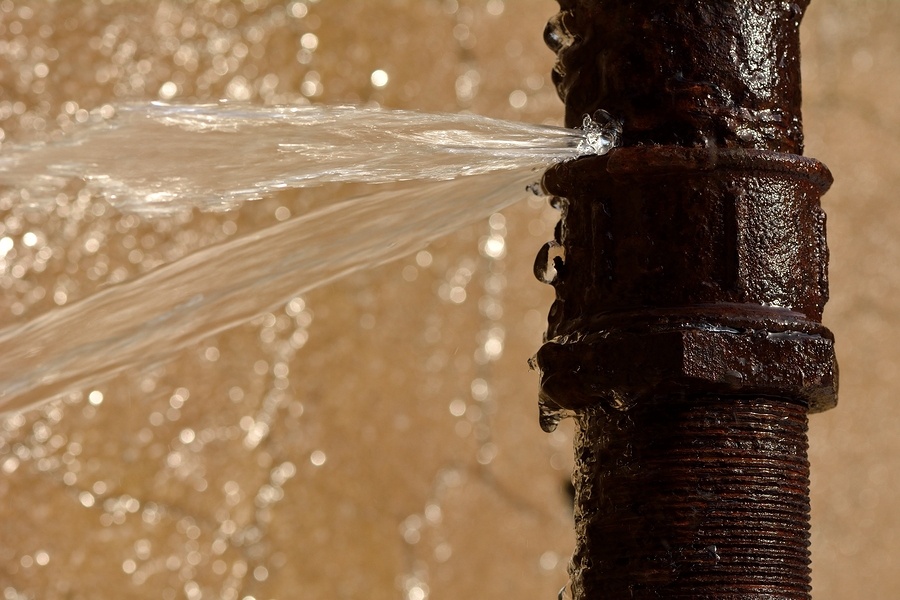The accuracy of differential pressure transducers has greatly improved to provide better solutions for demanding applications. This article discusses why accuracy is an important consideration when selecting a pressure transducer for low-differential, critical pressure applications.
Setra Blog
Can’t handle the pressure?
Can you believe that pressure transducers are not always able to handle high pressure? Overpressure, or proof pressure, is a major concern for engineers and OEM designers when assembling machinery and selecting a pressure transducer. Overpressure refers to the maximum pressure value a transducer can withstand without affecting performance; it can also refer to a situation where the pressure value exceeds the limits. Although it is not ideal, pressure transducers can withstand occasional pressures up to their overpressure rating, eventually returning to their natural state. However, pressures that reach burst pressure, the maximum pressure that may be applied to the positive pressure port without physically damaging the internal sensing component, can rupture the diaphragm and cause leakage. Pressures above overpressure but below burst pressure can result in permanent diaphragm deformation, causing an output shift affecting operational performance or accuracy readings.
Below are terms that are associated with use of transducers and electrical equipment in areas which are defined as hazardous by national rating agencies.
Newly Added Restricted Products Under RoHS2 Affects Manufacturing
In 2013, RoHS2 was created by the European Union legislation, nearly a decade after the original RoHS (Restriction of Hazardous Substances Directive) was implemented. RoHS2 is merely an evolution of RoHS1 that provides greater clarity on the legal scope of products that should adhere to the hazardous material guidelines. The combination of
Selecting the optimal method to measure liquid tank level is an extremely important decision when starting your project. Making the right choice helps ensure that both vented aboveground and in-ground tanks as well as pressurized tanks work properly. This means that homeowners will receive water for drinking, water will be available to fight fires in remote residential areas, manufacturers will maintain
While it is important to maintain proper relative humidity levels in office buildings for worker comfort and productivity, it is also just as important to maintain proper levels in factories, production facilities and art galleries to protect industrial, commercial and artistic products.
Hydrogen is the most plentiful element in the universe and is now becoming a viable fuel source for many applications. Due to its efficiency and low environmental impact, the interest in hydrogen being the "fuel of the future" continues to grow. The many features and benefits to hydrogen make it an ideal choice for many up-and-coming industrial applications. A few of the more common applications are:
Total Error Band (TEB) is a measurement of worst case error; it is the most comprehensive and concise measurement of a sensors true accuracy over a compensated temperature range. TEB is extremely important to know when trying to determine how well a sensor will work within a particular design system. By calculating TEB you'll be able to understand the different possibilities for error. Formulating TEB can be tricky if you don't have the right inputs readily available.
Happy Halloween From Setra
Have you ever wanted to build your own Haunted House or Spooky Trail?
I'm sure we've all thought about it one time or another. You know what I'm talking about. Places like amusement parks, fairs, or even a homemade one that your “Halloween Crazed” neighbors down the street built themselves. But how do they work?
Proof pressure and burst pressure are critical specifications for pressure sensors and other pressure-related devices, but they serve different purposes.
Typically, there are many different pressure specifications indicated on a pressure transducer data sheet. Interestingly enough, two of the most important pressure specifications are often easily overlooked; proof and burst pressure. Selecting a pressure transducer without noticing these pressure ranges is one of the top reasons for transducer failure. Both pressure specifications are considered to act as an upper limit for the device’s operating range. So, what exactly is the difference between proof and burst pressure?
Subscribe to Our Blog!
Topics
- Critical Environments (182)
- HVAC/R (179)
- General Industrial (153)
- Building Automation (134)
- General Industrial OEM (92)
- Energy Management (85)
- Test and Measurement (66)
- HVAC/R OEM (58)
- Barometric (44)
- Alternative Fuels (42)
- Medical (40)
- Process/Mfg Tank Level (40)
- Water and Wastewater (39)
- OHV (38)
- Oil and Gas (35)
- Industrial Vacuum (29)
- Calibration (25)
- Semiconductor (25)
- Particle Counting (20)
- Cleanroom Monitoring (17)
- Room Pressure Monitoring (16)
- Trade Show (12)
- cleanroom environment (12)
- Scales (11)
- Environmental Monitoring (10)
- Power Monitoring (10)
- Healthcare (9)
- Power Meters (9)
- Software (9)
- cleanroom monitoring systems (9)
- Case Study (8)
- critical environment technologies (8)
- data centers (8)
- Humidity (7)
- particle counter (6)
- pressure transducers (6)
- LITE room pressure monitor (5)
- hardware and software cleanroom monitoring systems (5)
- setra lite (5)
- Compliance (3)
- Video (3)
- hospital spaces (3)
- FAQ & Troubleshooting (2)
- Monitoring Compounding Pharmacies (2)
- Semiconductor Manufacturing (2)
- agencies that monitor pharmacies (2)
- energy (2)
- hvac (2)
- laboratories (2)
- monitor compound pharmacy (2)
- protected environment (2)
- regulatory compliance (2)
- setra lite features (2)
- usp 797 (2)
- Current Sensors and Transducers (1)
- Current Transformers (1)
- Lithium-Ion Battery (1)
- Pressure (1)
- aerospace cleanrooms (1)
- cems (1)
- digital transformation (1)
- ipv6 multicast (1)
- ipv6 multicast address (1)
- ipv6 multicast address range (1)
- isolation room pressure monitoring (1)
- multicast address ipv6 (1)
- multicast ipv6 (1)
- operating room (1)
- pharma 4.0 (1)
- pressure sensor (1)
- pressure transducer companies (1)
- semi conductor (1)
- sensors and transducers (1)
- setra pressure transducers (1)
- submetering (1)
- sustainability (1)
- temperature monitor (1)
- temperature monitoring for pharmacies (1)
- transducers (1)
- usp 800 (1)
- water (1)
- what does hvac stand for (1)
- what is a transducer (1)
- what is hvac (1)

